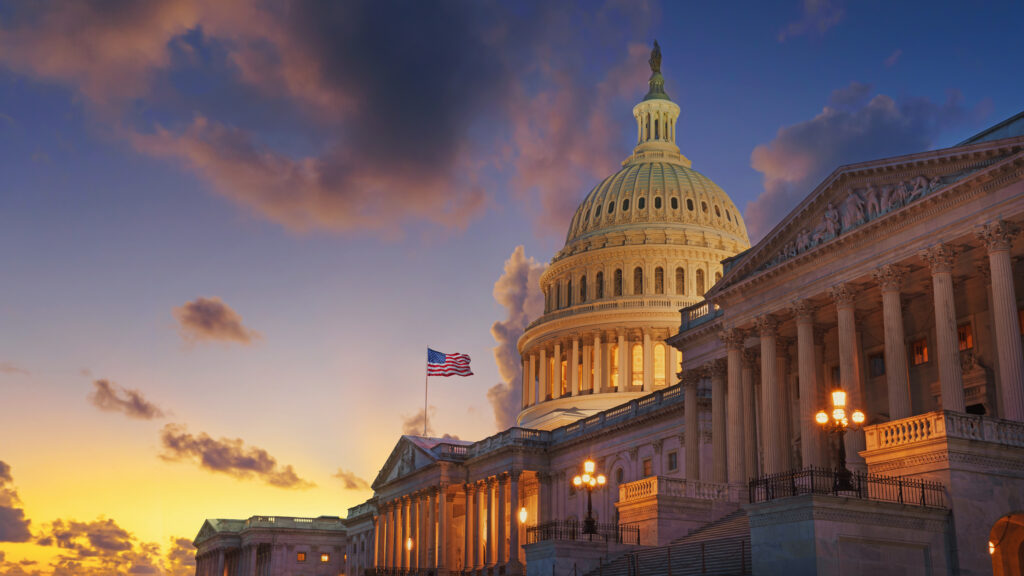
Senate Democrats are expected to vote against a stopgap funding bill today, which means the federal government could shut down early Saturday.
The Republican-controlled House approved the bill by a 217-213 vote on Tuesday and left for a 10-day recess. The measure faces a more difficult process in the 100-seat Senate, which requires a supermajority of at least 60 votes to pass.
Republicans have 53 seats in the Senate. Sen. Rand Paul, R-Ky., has said he’ll vote against the bill, but two Democrats will vote for it, Senate Minority Leader Chuck Schumer of New York, and Sen. John Fetterman of Pennsylvania. Both are against a shutdown.
That means the GOP needs at least six Democratic votes.
Democrats don’t want to be blamed for a shutdown, but are against a funding extension that they say empowers President Donald Trump and Elon Musk to continue cutting government staff and spending.
The 99-page bill keeps the federal government funded at near-current levels until Sept. 30. If the funding measure is not passed by midnight today, the shutdown would begin at 12:01 a.m. Saturday.
Like any home or business, the federal government must pay its bills. When Congress can’t agree on how to appropriate money for funding, non-essential departments of the government shut down. Funding expires Friday night.
What happens during a government shutdown?
During a shutdown, hundreds of thousands of federal workers, those deemed nonessential, are furloughed, or sent home without pay. They are reimbursed when they return.
Employees who are classified as essential for critical operations in defense, energy, agriculture, and other sectors would continue to work, but without pay. They are reimbursed when the shutdown ends.
When have government shutdowns taken place?
The federal government has closed down 21 times with a total of 162 days since 1977. That’s an average of nearly eight days per shutdown.





